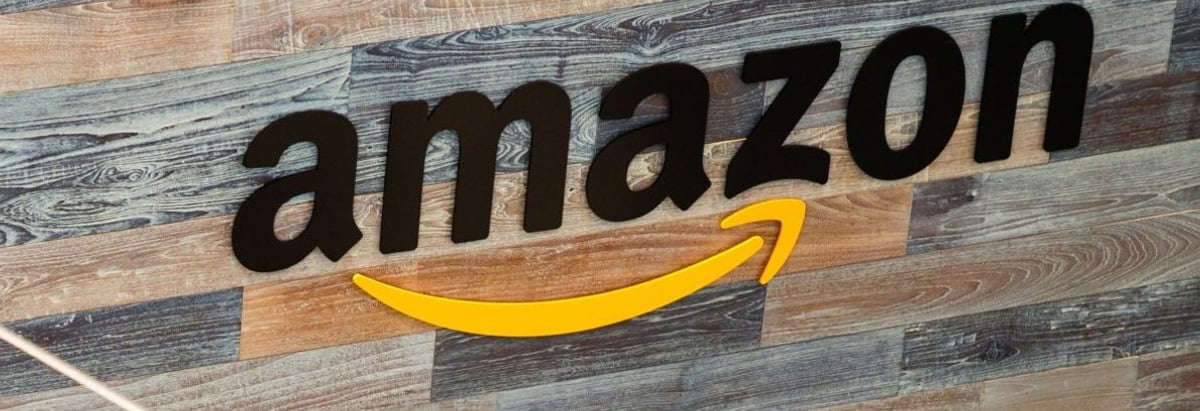- United States
- /
- General Merchandise and Department Stores
- /
- NasdaqGS:AMZN
How Amazoncom Inc (NASDAQ:AMZN) Delivered A Better ROE Than Its Industry

This article is intended for those of you who are at the beginning of your investing journey and want to start learning about core concepts of fundamental analysis on practical examples from today's market.
Amazoncom Inc (NASDAQ:AMZN) delivered an ROE of 17.93% over the past 12 months, which is relatively in-line with its industry average of 16.60% during the same period. However, whether this ROE is actually impressive depends on if it can be maintained. Sustainability can be gauged by a company’s financial leverage – the more debt it has, the higher ROE is pumped up in the short term, at the expense of long term interest payment burden. Let me show you what I mean by this.
View our latest analysis for Amazon.com
Peeling the layers of ROE – trisecting a company’s profitability
Firstly, Return on Equity, or ROE, is simply the percentage of last years’ earning against the book value of shareholders’ equity. It essentially shows how much the company can generate in earnings given the amount of equity it has raised. If investors diversify their portfolio by industry, they may want to maximise their return in the Internet and Direct Marketing Retail sector by investing in the highest returning stock. But this can be misleading as each company has different costs of equity and also varying debt levels, which could artificially push up ROE whilst accumulating high interest expense.
Return on Equity = Net Profit ÷ Shareholders Equity
ROE is measured against cost of equity in order to determine the efficiency of Amazon.com’s equity capital deployed. Its cost of equity is 12.98%. Since Amazon.com’s return covers its cost in excess of 4.96%, its use of equity capital is efficient and likely to be sustainable. Simply put, Amazon.com pays less for its capital than what it generates in return. ROE can be dissected into three distinct ratios: net profit margin, asset turnover, and financial leverage. This is called the Dupont Formula:
Dupont Formula
ROE = profit margin × asset turnover × financial leverage
ROE = (annual net profit ÷ sales) × (sales ÷ assets) × (assets ÷ shareholders’ equity)
ROE = annual net profit ÷ shareholders’ equity

Essentially, profit margin shows how much money the company makes after paying for all its expenses. Asset turnover shows how much revenue Amazon.com can generate with its current asset base. Finally, financial leverage will be our main focus today. It shows how much of assets are funded by equity and can show how sustainable the company’s capital structure is. We can assess whether Amazon.com is fuelling ROE by excessively raising debt. Ideally, Amazon.com should have a balanced capital structure, which we can check by looking at the historic debt-to-equity ratio of the company. Currently the ratio stands at 130.84%, which is relatively balanced. This means Amazon.com has not taken on excessive leverage, and its above-average ROE is driven by its ability to grow its profit without a significant debt burden.

Next Steps:
ROE is a simple yet informative ratio, illustrating the various components that each measure the quality of the overall stock. Amazon.com exhibits a strong ROE against its peers, as well as sufficient returns to cover its cost of equity. Its high ROE is not likely to be driven by high debt. Therefore, investors may have more confidence in the sustainability of this level of returns going forward. ROE is a helpful signal, but it is definitely not sufficient on its own to make an investment decision.
For Amazon.com, I've compiled three key factors you should further research:
- Financial Health: Does it have a healthy balance sheet? Take a look at our free balance sheet analysis with six simple checks on key factors like leverage and risk.
- Valuation: What is Amazon.com worth today? Is the stock undervalued, even when its growth outlook is factored into its intrinsic value? The intrinsic value infographic in our free research report helps visualize whether Amazon.com is currently mispriced by the market.
- Other High-Growth Alternatives : Are there other high-growth stocks you could be holding instead of Amazon.com? Explore our interactive list of stocks with large growth potential to get an idea of what else is out there you may be missing!
To help readers see past the short term volatility of the financial market, we aim to bring you a long-term focused research analysis purely driven by fundamental data. Note that our analysis does not factor in the latest price-sensitive company announcements.
The author is an independent contributor and at the time of publication had no position in the stocks mentioned. For errors that warrant correction please contact the editor at editorial-team@simplywallst.com.
Simply Wall St analyst Simply Wall St and Simply Wall St have no position in any of the companies mentioned. This article is general in nature. We provide commentary based on historical data and analyst forecasts only using an unbiased methodology and our articles are not intended to be financial advice. It does not constitute a recommendation to buy or sell any stock and does not take account of your objectives, or your financial situation. We aim to bring you long-term focused analysis driven by fundamental data. Note that our analysis may not factor in the latest price-sensitive company announcements or qualitative material.
About NasdaqGS:AMZN
Amazon.com
Engages in the retail sale of consumer products, advertising, and subscriptions service through online and physical stores in North America and internationally.
Outstanding track record with flawless balance sheet.
Similar Companies
Market Insights
Community Narratives



